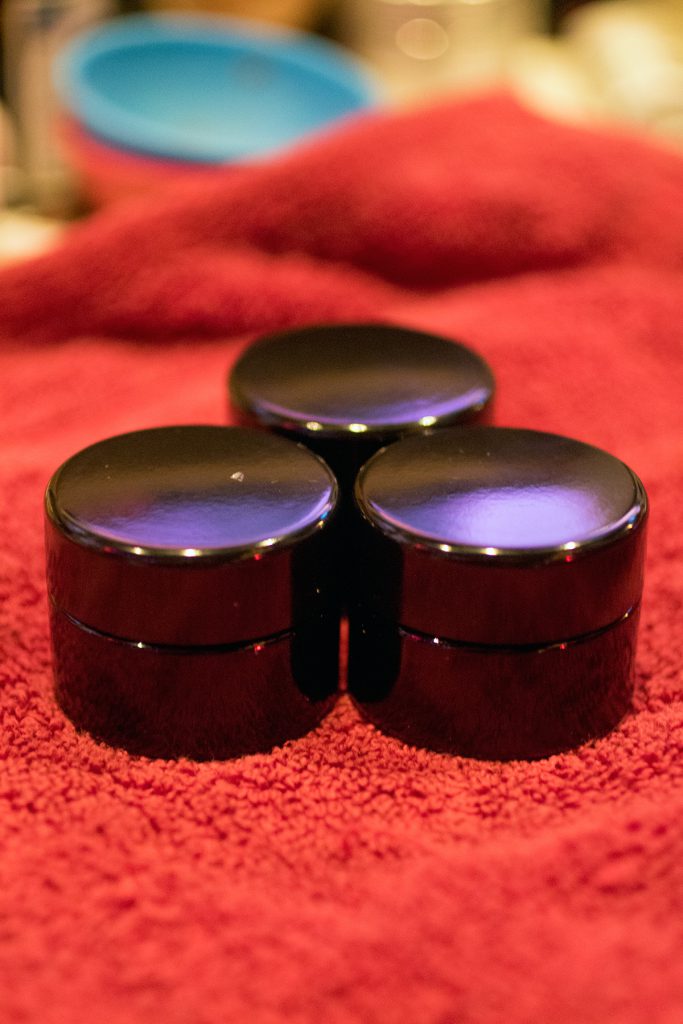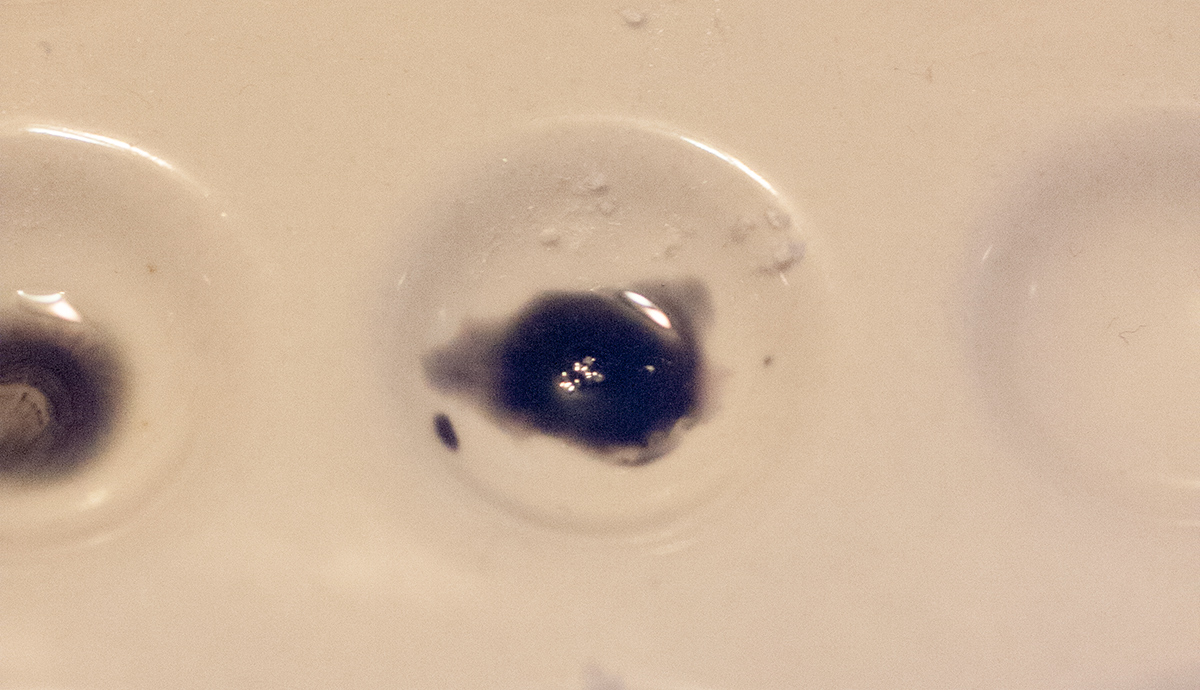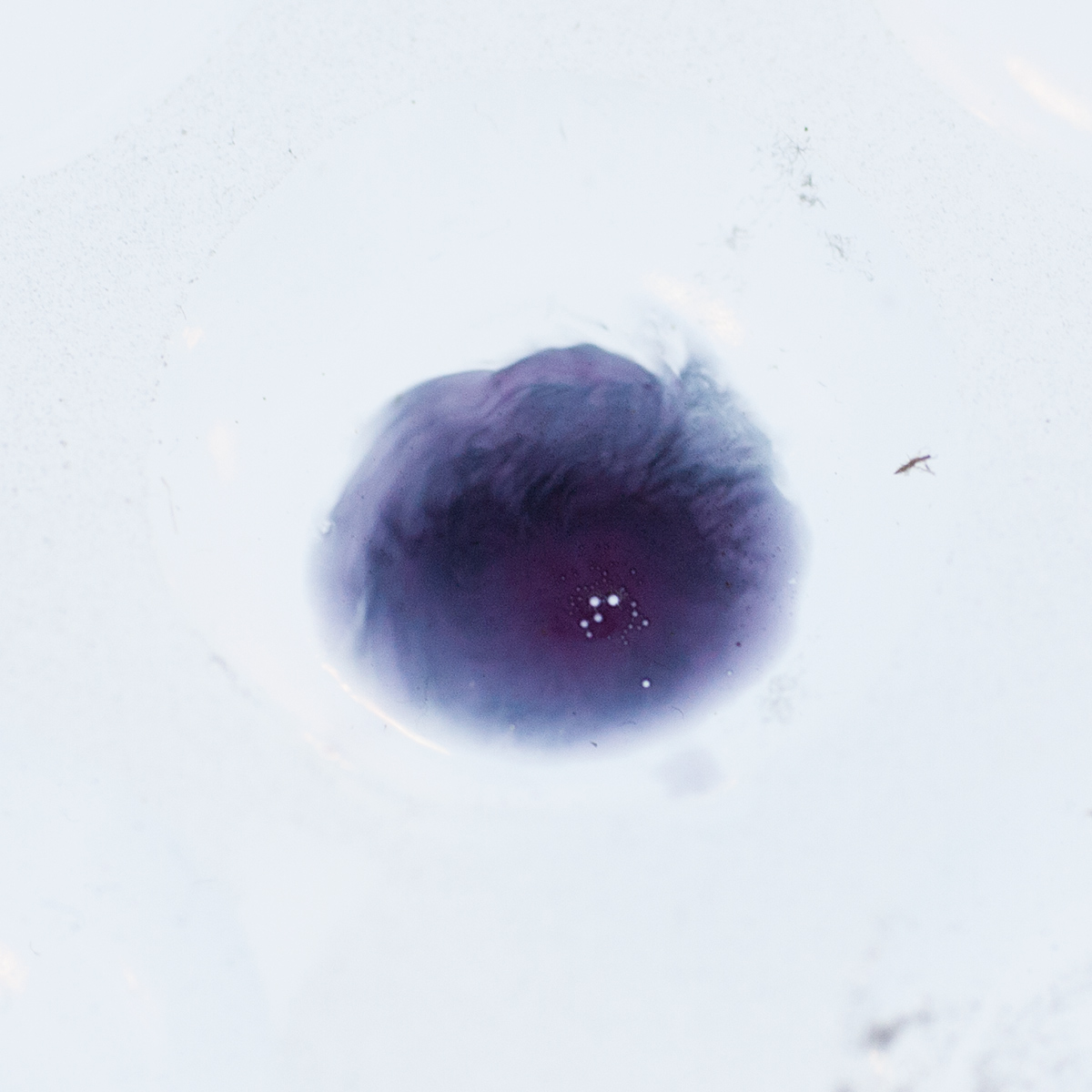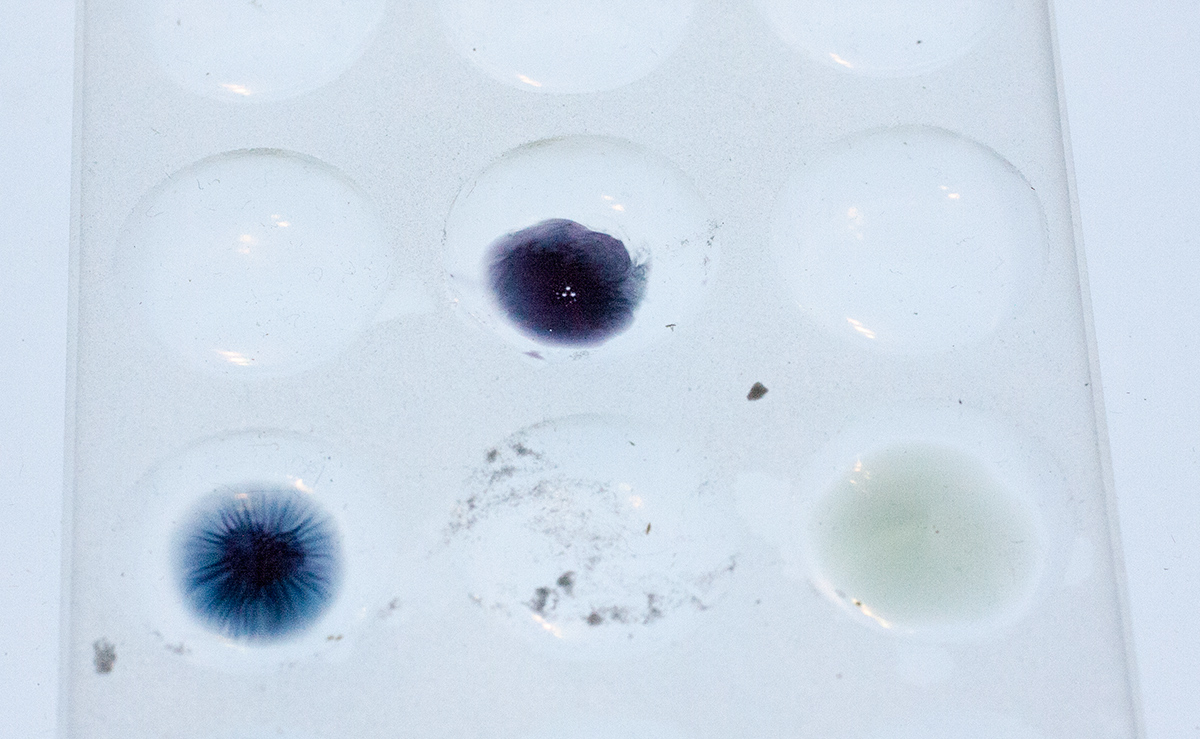A visitor asked about result 3669. This result was determined by DDL via GC/MS to contain primarily MDMA but also a trace amount of Methylsulfonylmethane (MSM). MSM has some practical applications in the final crystallization of some recreational stimulants (notably methamphetamine) but could also be used as a bulking agent to boost retail profits.
The visitor wanted to know how sure we are that the MSM was only a trace and not a more major component of the sample. Here’s an answer from our lab trying to address the issue:
There are numerous complications when asking how certain the ‘trace’ finding is for MSM in the testing process.
First, DDL has never done a quantitative analysis of MSM using our testing process. So our methods for analyzing MSM have not been validated by our team.
It could be that it might take a little more MSM to show up compare to say meth or MDMA, since MSM is a much smaller compound. We don’t know this for certain and would need to spend time verifying it if this is important to the project.
Second, MSM is easily detected and seen. We know it shows up we have detected it in many samples over the years.
Third, although we do not know for certain how a known quantity of MSM mixed uniformly with a known quantity of MDMA would show up in our GC/MS, it is hard to imagine the trace we saw with this sample representing more than a tiny amount in the actual sample analyzed.
Fourth, process issues it is possible that the sample submitted contained more MSM proportionally than we reported due to process issues. It could be that the sample might not be homogenized. If a baggie or capsule is filled with MSM and Meth, but wasn’t thoroughly mixed when filled, and when we open the capsule a pour a good representative amount to use, maybe there’s more MSM powder at the end of the capsule. Or perhaps MSM is not homogenized on a sample tablet when a good portion is scraped off or a portion broken off and crushed for analysis.
If we were primarily concerned about homogenization, we would dissolve the entire sample in a solvent, but we don’t do this for several reasons. We don’t want to use up the whole sample on the first attempt because a sample may not dissolve perfectly in the first solvent we choose or we may need to re-evaluate the analytical process from scratch and we would not want to add a solvent to all of the powder if we can avoid it. There are more reasons to keep the original solid sample than there are to homogenize the whole thing.
Fifth, one thing is certain, we can’t be certain. The way each drug appears using each analytical technique different. Because of this, quantitative analysis of drugs in forensic toxicology typically involves very technical development of validated processes using the drugs in their deuterated forms as internal standards.
So, there are numerous variables that may explain it only being trace relative to other drugs. Most likely, the sample only contained a tiny amount of MSM, but without further analysis this point, there’s no way to be certain.






